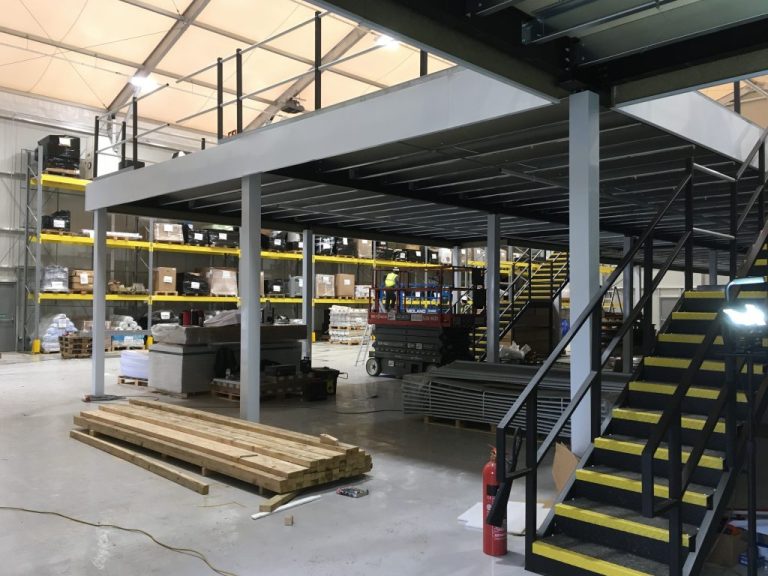The 2018 On the Tools Training Excellence Award has been awarded to Dulux Academy. The awards, which celebrate and reward construction workers, subcontractors, tools and equipment manufacturers and construction companies from across the UK, were held at Edgbaston Cricket Ground, Birmingham. All entries for the awards are independently judged by a panel of industry experts – On The Tools is the No1 social site for tradespeople to watch videos, read articles and share content, with more than two million followers on Facebook, Instagram and twitter. “This award coincided with our four year anniversary of starting work on the concept that is now known as Dulux Academy,” said Vickie Mather, Dulux Academy Manager. “In that time, we have welcomed more than 4,500 professional painters on to our courses ranging across every aspect of decoration including spray, wallpaper, colour selection, first aid and social media at our flagship Slough facility and across our network of college partners. We’re proud to be recognised against construction industry peers and establish ourselves as a credible training provider contributing to the upskilling and professionalising of the painting and decorating industry,” added Vickie Mather. The On the Tools awards, hosted by comedian Justin Moorhouse, handed out a total of 25 awards, including recognition of excellence in individual trades. It was therefore great to share the awards stage with Georgie Baker, a Dulux Select Decorator, who was nominated and voted for by the public audience as Painter & Decorator of the Year. Dulux Academy is the home of painting and decorating excellence. Its team of industry leading experts delivers learning experiences that celebrate the brand’s portfolio and proud heritage, showcase products and application innovation and embrace technology. Its courses can deliver increased knowledge and understanding, enabling those who chose Dulux Academy to meet their personal and professional ambitions.






